The core of the manned space station is “people”, and the core of the space-to-earth transportation system that serves the construction and operation of the space station is also “people”. The key role played by the manned spacecraft of Shenzhou is self-evident. The key to ensuring the flight safety of astronauts is the Long March 2F manned launch vehicle known as the “sacred arrow”.
The Long March 2F rocket first flew at 6 am on November 20, 1999. It has been nearly 22 years since the Long March 5, Long March 7, and Long March 8 new generation launch vehicles have succeeded in succession. At present, the technical capability of the Long March 2F rocket to ensure the complex mission of manned flight is still irreplaceable. .
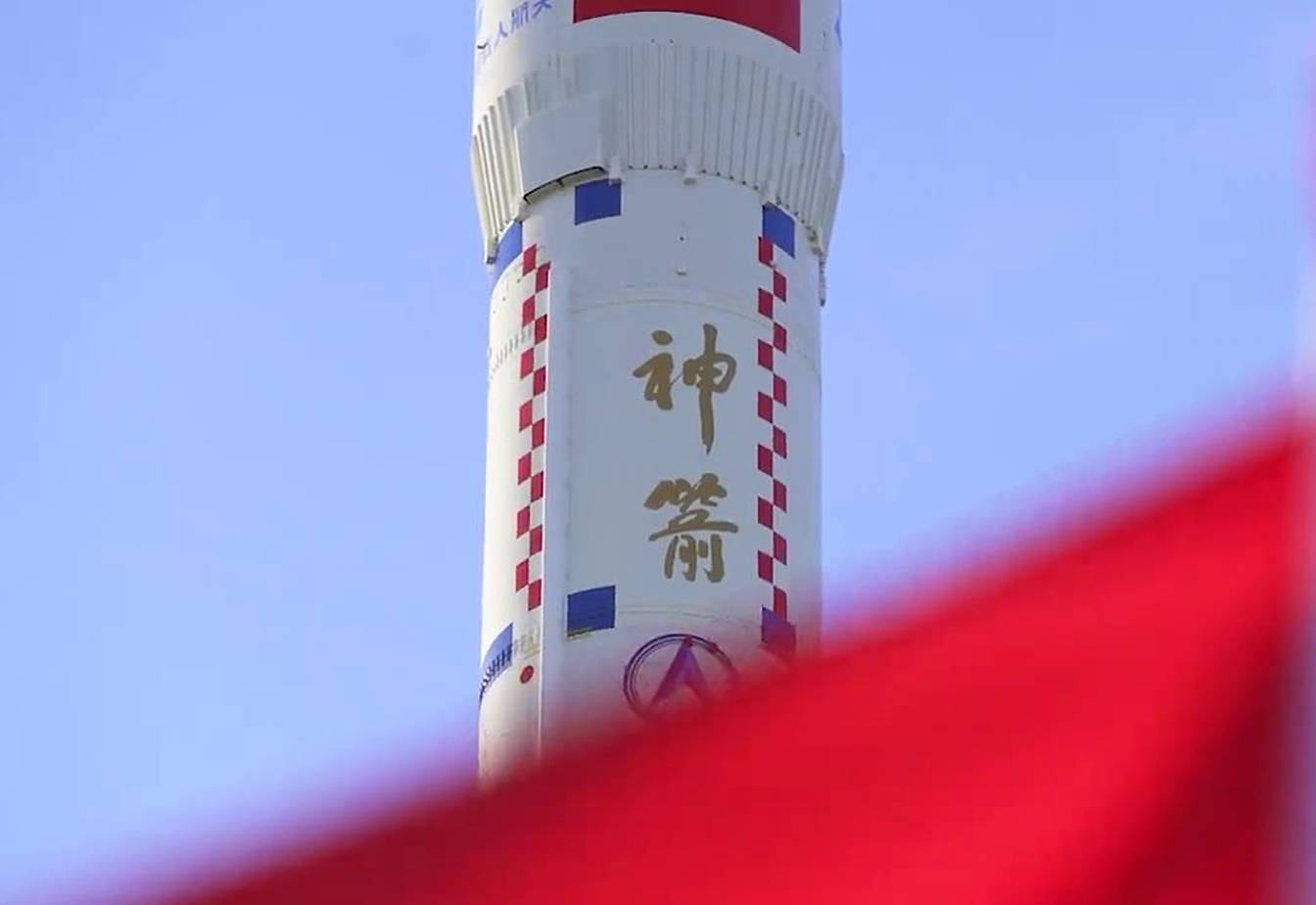 God Arrow “Long March 2F”
God Arrow “Long March 2F”
Looking at the global launch vehicle products can be described as a dazzling array, but with high reliability, high safety, high quality three-element standards, There are only three rockets that are qualified to launch manned spacecraft in the world today, namely Soyuz, Long March 2F, and Falcon 9.
So, what kind of talents does Long March 2F have among them?
The originator of the Long March 2F manned launch vehicle is the DF-5 missile , This type of rocket adopts a two-stage semi-configuration design, the propellant is nitrous oxide and unsymmetrical dimethyl hydrazine, the core stage diameter is 3.35 meters, it is equipped with four unidirectional swing engines with a thrust of 75 tons, and four booster diameters. 2.25 meters, each equipped with a 75-ton thrust fixed nozzle engine, the rocket’s take-off stage thrust is about 604 tons, the take-off mass is 480 tons, and the capacity is 8.1 tons under the condition of an inclination of 42° in the low-Earth orbit of 200 kilometers.
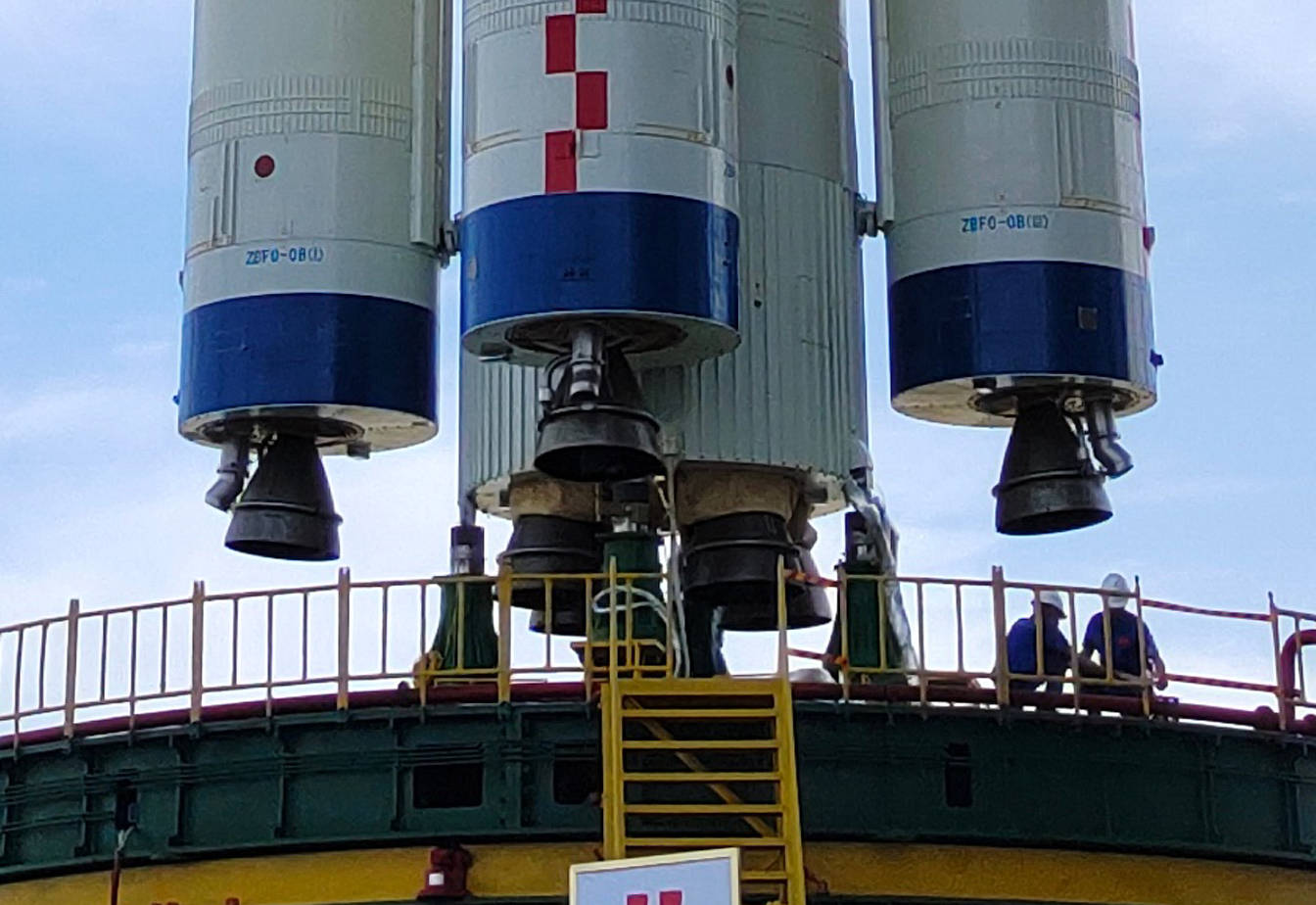 Long March 2F take-off stage power
Long March 2F take-off stage power
The core level two is quite special, equipped with two engines, namely a main engine (a high-altitude version of the core level one engine) and a swimming engine.
The swimming engine is the secret of the core level 2 This type of engine has a thrust of about 4.8 tons, has 4 thrust chambers, and 4 nozzles are arranged around the main engine. At the same time, it is also the last engine shut down in the entire rocket power system. It can increase the height of the load into orbit by extending the working time. Adjusting the capacity can also eliminate the thrust deviation generated after the main engine is shut down, and further improve the accuracy of the load on track.
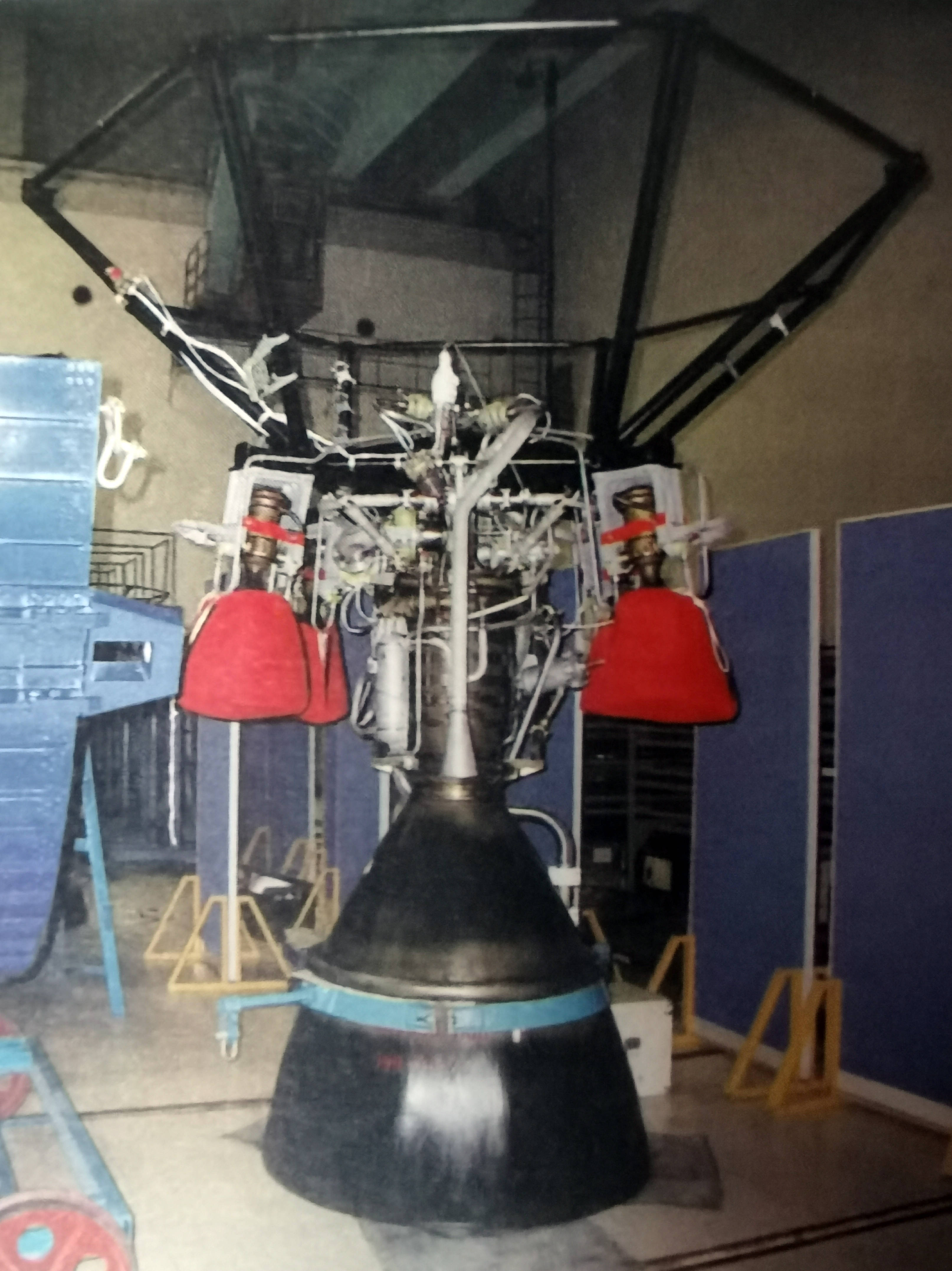 Core two power configuration
Core two power configuration
The private aerospace company “Blue Arrow Aerospace” has recently completed the 300-second + 750-second joint test of the second-stage engine of the Suzaku 2 rocket core. This rocket is expected to become the first liquid oxygen methane fuel rocket that can be launched into orbit. The second-level power layout scheme is the same as the Long March 2F core second-level. It is also composed of a main engine and a 4-thrust chamber swimming engine. It can be said to be a classic case of old trees and new flowers. This shows that private aerospace is not passive. Water is rooted in the aerospace industry capabilities accumulated over decades.
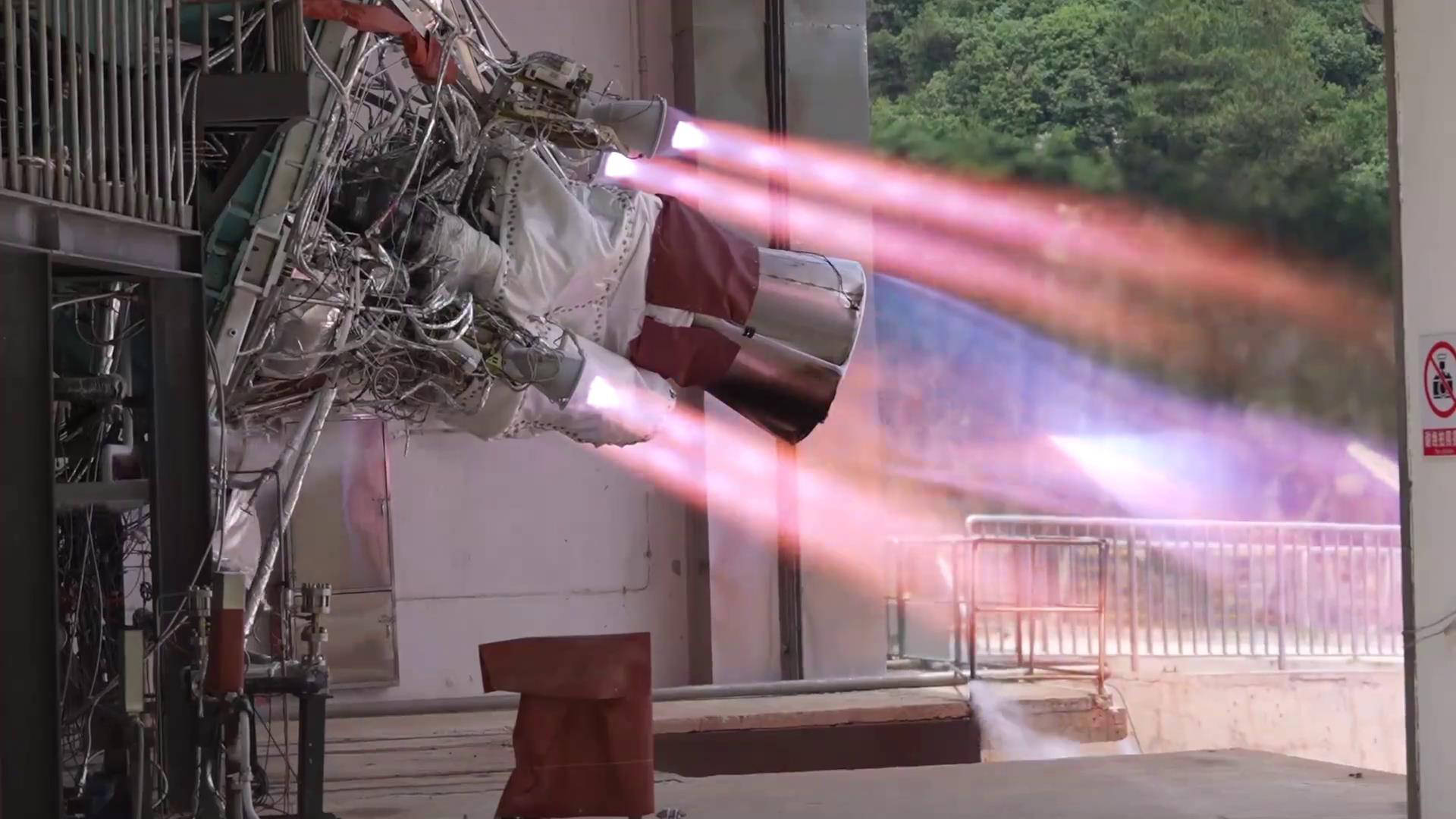 Suzaku II rocket core second stage joint test run
Suzaku II rocket core second stage joint test run
The difference between manned rockets and other rockets is concentrated in the “three highs”, namely High safety, high reliability, high quality Among them, high safety is the first issue, because manned spaceflight is a matter of life, and what it launches is not a cold spacecraft, but a living person.
 Shenzhou 6 crew: Nie Haisheng and Fei Junlong
Shenzhou 6 crew: Nie Haisheng and Fei Junlong
The reliability index of the Long March 2F rocket is set to not less than 0.97 against the international advanced level, which means that there are 3 failure probability design values for 100 launches. In the event of a failure, it can ensure that the astronauts can safely return to the ground through life-saving means. .
At the same time, it also has a safety index of 0.997, which means that there are 30 failure probabilities of this type of rocket’s 1,000 launch missions, and 27 of these 30 failed launch missions, the astronauts can return safely through life-saving means.
In fact, it is impossible for the Shenzhou spacecraft to launch 1,000 times, or even 100 times, because the product is constantly iterating, and there will be a new generation of manned spacecraft and a new generation of manned rockets.
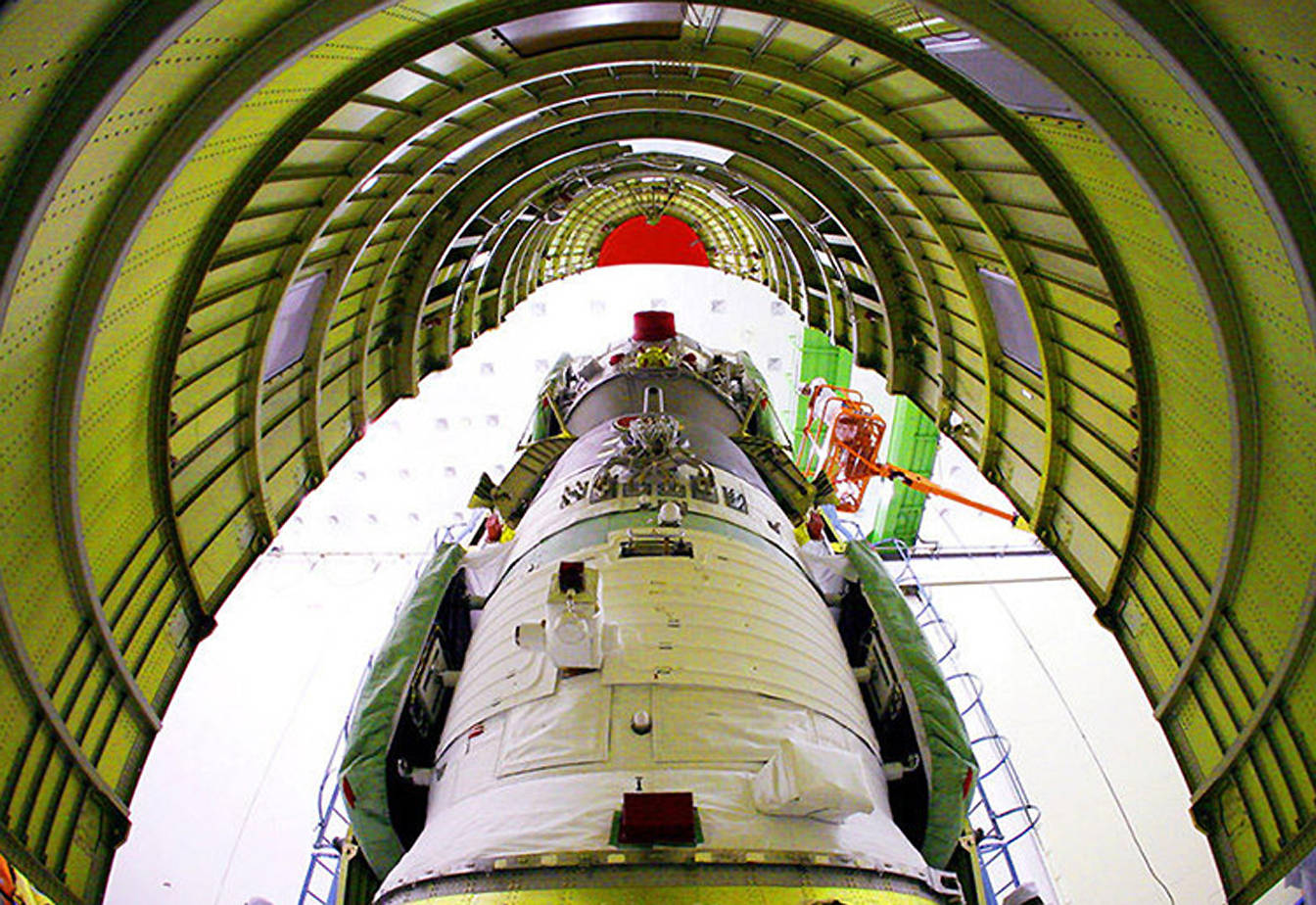 Shenzhou-6 manned spacecraft and fairing combination
Shenzhou-6 manned spacecraft and fairing combination
Therefore, the launch mission of the Shenzhou spacecraft requires success again and again to ensure absolute safety. Up to now, the Long March 2F series rockets have implemented 14 launch missions with a success rate of 100%, which proves the scientific nature of the reliability index of not less than 0.97.
The success of past missions was a confident ballast, but after all, the astronauts flying to the sky were lying on top of a rapidly burning fuel tank of hundreds of tons. The high risk is self-evident. As Murphy’s law points out, if things are likely to go bad, no matter how small the possibility is, it will always happen. The Long March 2F carrier rocket has already made contingency preparations for the worst.
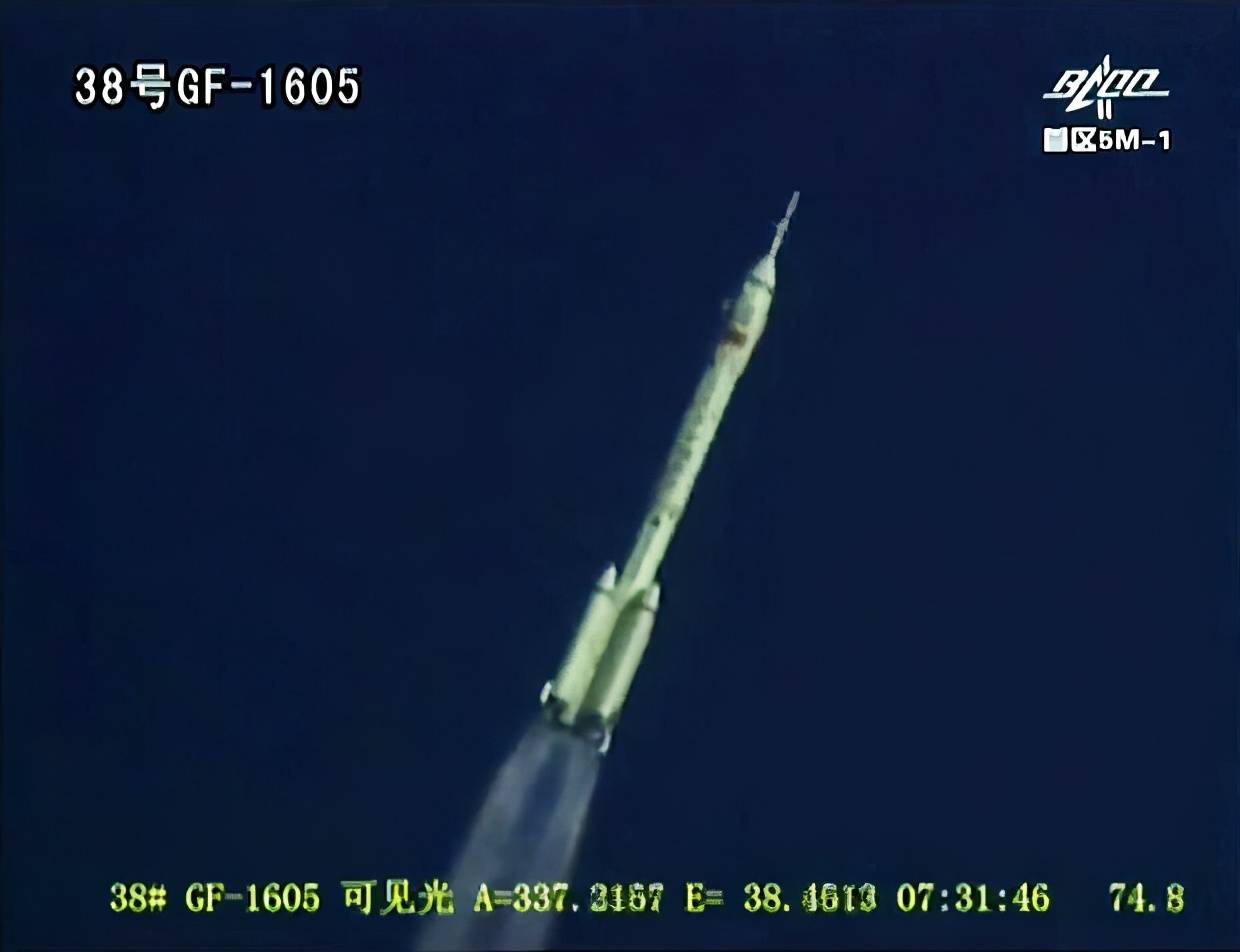 Long March 2F Yao-11 launch vehicle flight monitoring screen
Long March 2F Yao-11 launch vehicle flight monitoring screen
There are two fundamental differences between the Long March 2F and other rockets, namely the addition of an escape system and a fault detection and processing system. The failure of the rocket in the high-speed flight state usually takes milliseconds as the time unit to react. It is very unrealistic to rely on the astronauts to manually decide whether to activate the escape system. The fault detection and processing system can make the decision on behalf of it. At that moment, the state of the rocket is monitored throughout the process, and the method of escape is automatically decided based on the fault feedback.
The most distinctive structure of the Long March 2F rocket is the escape tower on the top. The escape tower is an important part of the escape vehicle. The escape aircraft is an escape device similar to the principle of badminton, which has high requirements for flight stability.
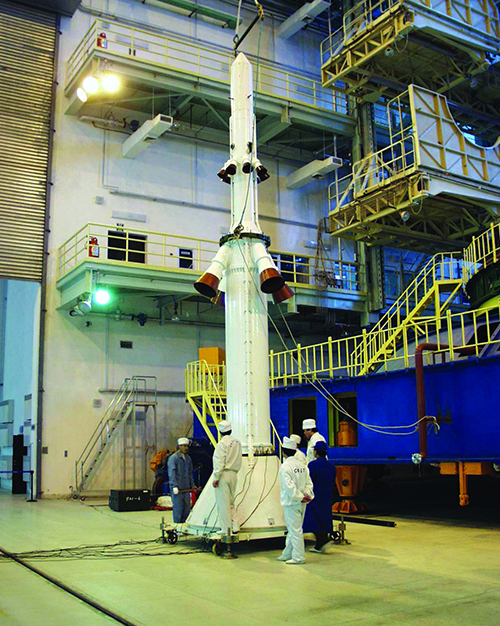 Escape tower
Escape tower
The uppermost part of the escape tower is a counterweight structure, which can move the center of mass of the escape vehicle forward (analogous to the ball head of a badminton). At the same time, the upper fairing is equipped with 4 grid wings (analogous to the feathers of a badminton), which can make the center of pressure move backward. , The two work together to ensure the flight stability of the escape aircraft.
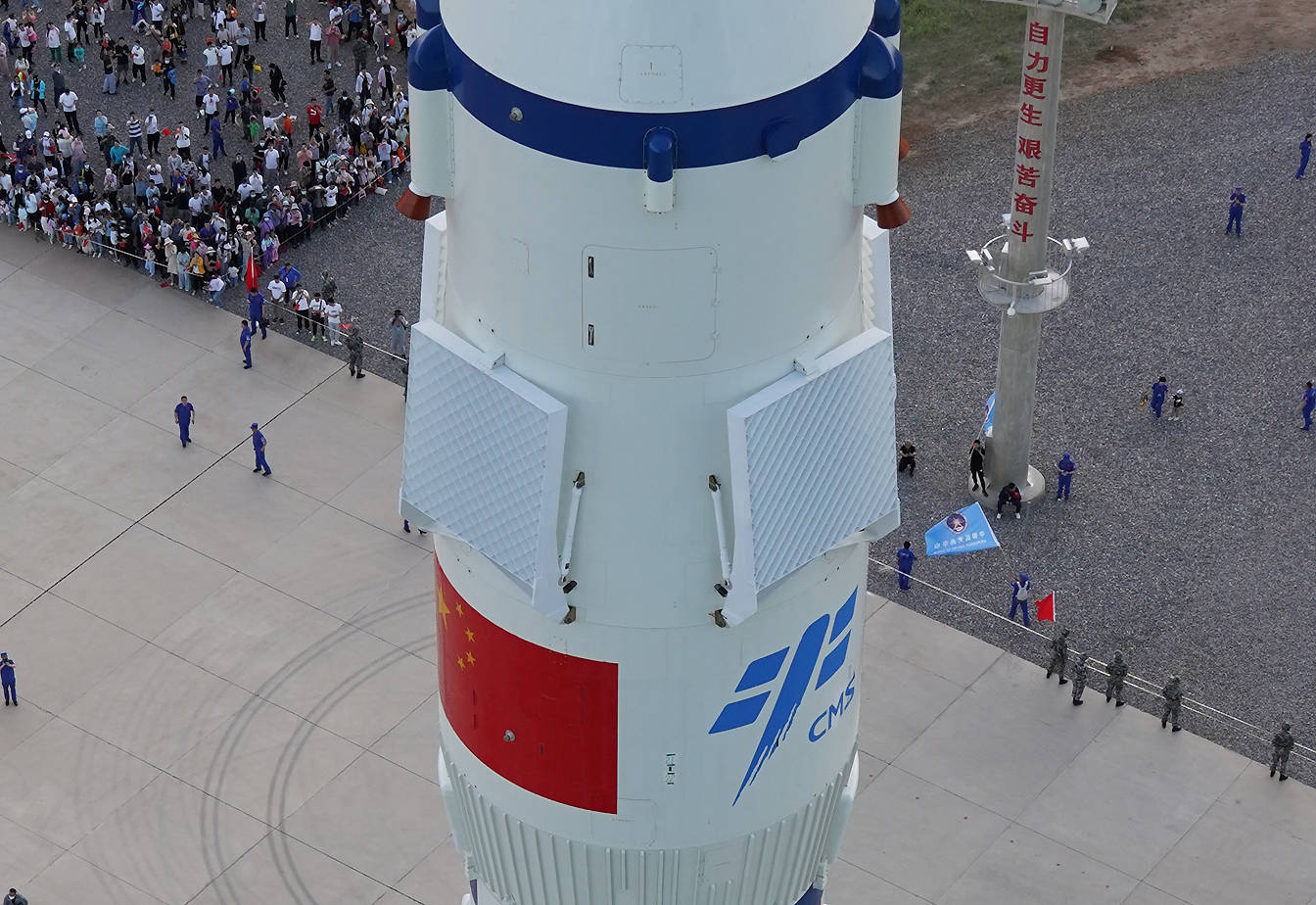 Grid wings in a folded state
Grid wings in a folded state
The counterweight module near the top of the escape tower is the “attitude control engine combination”, which is composed of 4 engines with the same thrust, and is responsible for pitch and yaw missions.
Below the attitude control engine is the separation engine. It has two functions. It is responsible for separating the escape tower during normal flight missions without danger, and the other is to provide power support for the separation of the spacecraft’s return cabin and the escape vehicle during escape missions.Separate engine is 1 Front nozzle solid rocket motor , There are 8 nozzles.
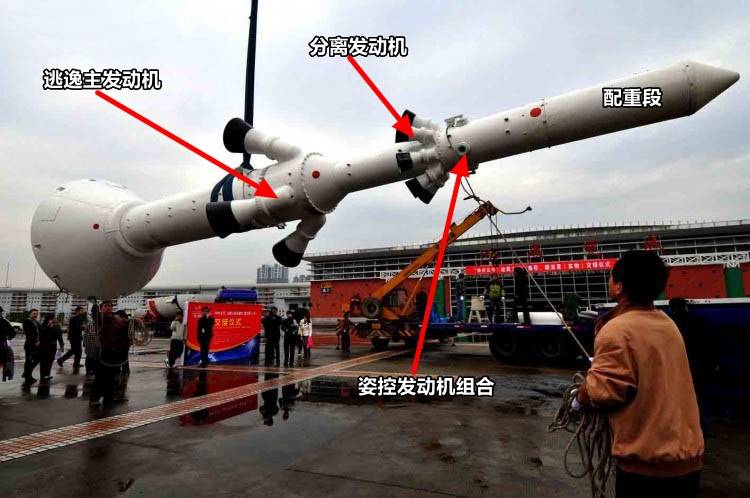 Escape Tower Label
Escape Tower Label
Below the separated engine is the main escape engine, which is responsible for taking the escape aircraft out of the danger zone as a whole. It is also a solid rocket motor with front nozzles and has 4 nozzles.
The escape tower has a total of 6 engines, all of which are solid fuel rocket engines.
There are two options for the failure of the rocket before ignition. One is that there is a long time before the ignition and takeoff, and the failure is extremely dangerous, and there is a long time of redundancy. Then the astronauts are told to leave the spacecraft by themselves and take the explosion-proof elevator of the launch tower. To the underground bunker.
 Zero-altitude escape life-saving flight test of escape aircraft
Zero-altitude escape life-saving flight test of escape aircraft
The other is that when the risk issue is about to happen, the escape vehicle is activated to take the spacecraft away from the dangerous area. It can push the spacecraft to an airspace with a height of more than 1,300 meters and a horizontal distance of about 850 meters.
The Long March 2F rocket + spacecraft combination has the ability to escape from zero altitude to orbit. The escape system mainly has three working modes, namely Escape with tower, escape at high altitude without tower (120 seconds after ignition to before the separation of the fairing), rescue outside the atmosphere , The first two modes rely on the escape aircraft to execute, the last one relies on the Shenzhou spacecraft to save itself.
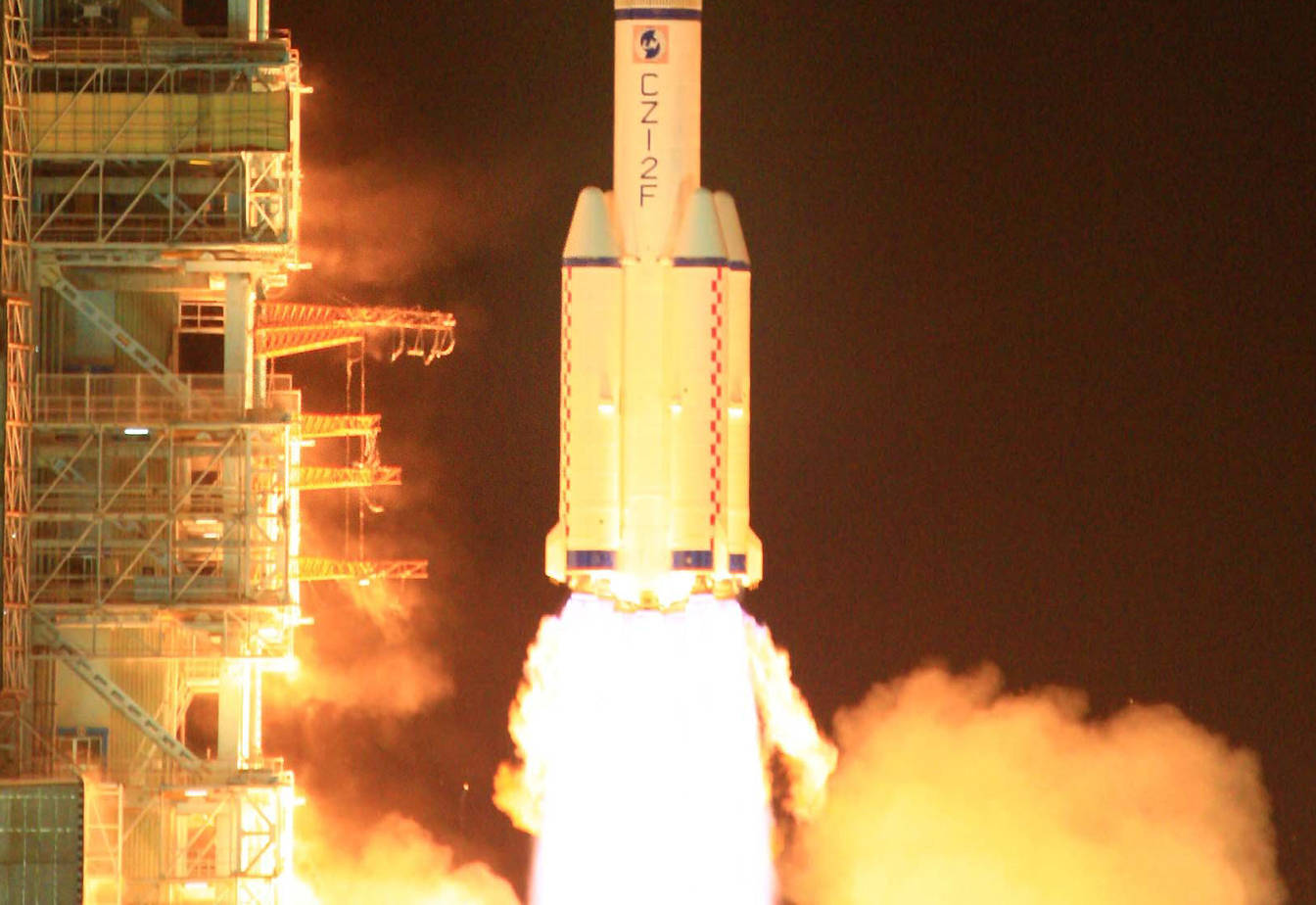 Long March 2F take-off thrust is about 604 tons
Long March 2F take-off thrust is about 604 tons
The escape aircraft is composed of an escape tower, an upper fairing, a high-altitude escape power system, a grid wing, a supporting structure, and a fire extinguishing device.
 Escape aircraft marking
Escape aircraft marking
The tower escape mode is suitable for 15 minutes before takeoff to 120 seconds after takeoff, and the altitude covers the altitude from zero altitude to about 40 kilometers. Once the fault detection system detects a high-risk fault, it will immediately issue an escape command. Then the upper and lower parts of the fairing, as well as the separation surface formed by the spacecraft return cabin and the service cabin are unlocked, and the escape tower activates the main engine to separate the entire escape aircraft from the rocket. At the same time, the attitude control engine works to deflect the flight angle of the escape aircraft, and then leaves the danger zone. After entering the safe airspace, the engine is separated and the return cabin is separated.
Then the return cabin establishes a landing attitude, goes through the parachute deceleration, throws the outsole, buffers the engine ignition, and then softly lands on the ground to achieve a safe return.
The escape tower separates 120 seconds after the rocket ignites and takes off. What happens after that?At that time, the tower-less escape mode of the escape vehicle will play a role , The outer edge of the upper fairing of the rocket is equipped with a high-altitude escape engine and a high-altitude separation engine. The escape process is similar to the escape with a tower.
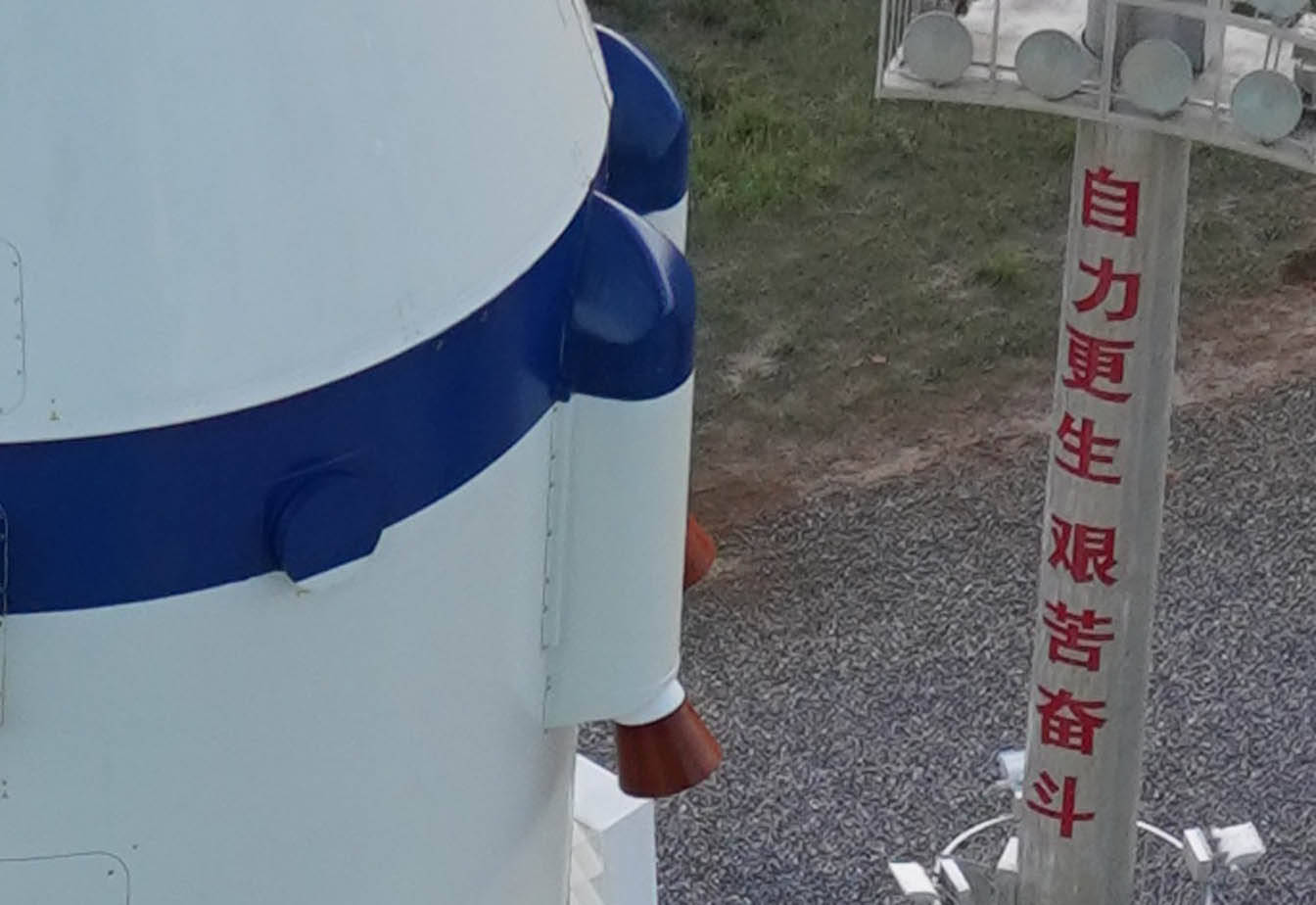 High altitude escape engine
High altitude escape engine
The escape tower and the high-altitude escape system seem to be repeated construction, but they are not. The medium and low altitudes below 40 kilometers have high atmospheric density and high flight resistance, requiring large thrust to escape power, and escape towers can play a role.
If you enter the high altitude for more than 40 kilometers, the atmospheric density is low. At this time, you don’t need a large thrust to escape. If you continue to use the escape tower, there will be two problems. One is that the dead weight of the escape tower will reduce the rocket’s capacity, and the other is that the thin atmosphere weakens. The aerodynamic stabilizing torque of the escape tower, and the eccentric thrust of the main engine will cause the escape aircraft to instability, so different thrusts need to be set for different working conditions in the middle and low altitudes and high altitudes.
 Long March 2F Yaoxi Rocket Escape Tower Separated
Long March 2F Yaoxi Rocket Escape Tower Separated
The fairing will be thrown away about 200 seconds after takeoff, which also means that all escaped aircraft will be thrown away, and the safety guarantee will enter the self-rescue mode of the spacecraft.
If there is a danger in the atmosphere, the ship’s arrow will immediately separate. At this time, the spacecraft has two options. If the flight altitude is not high enough to enter orbit, the three major compartments of the spacecraft will be separated in pairs, and the return cabin will return to the ground according to the established process. If the flight altitude is sufficient at this time, the spacecraft will start the orbital module orbital control engine to raise the orbit and enter the low-earth orbit around the earth, and then choose the opportunity to separate and return to the ground.
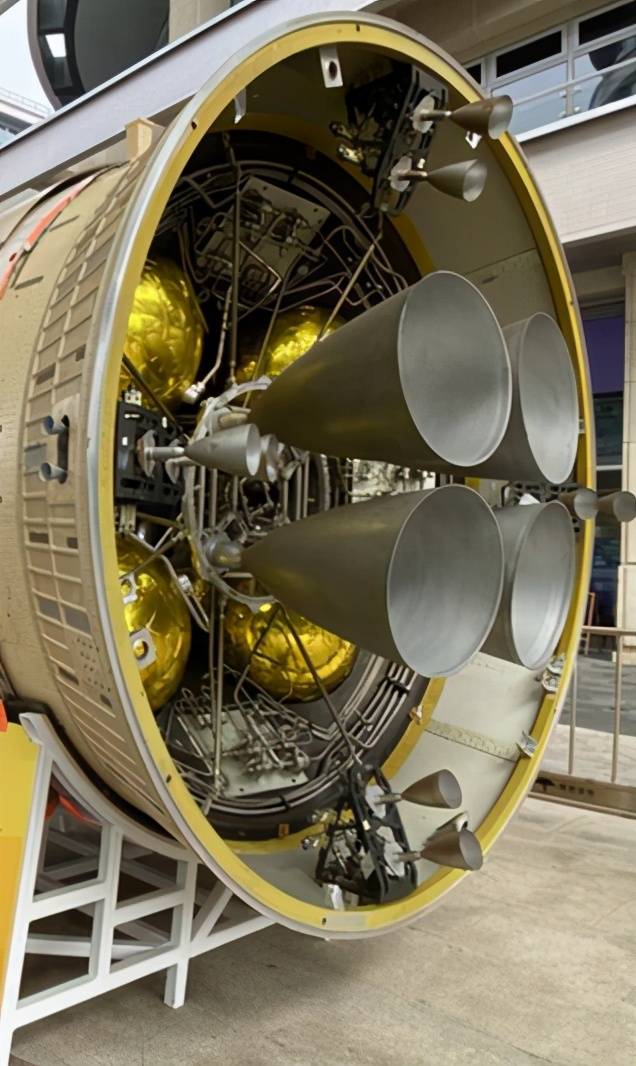 Shenzhou spacecraft orbit control engine
Shenzhou spacecraft orbit control engine
In recent years, a kind of “Push Escape” The escape method shows a more efficient escape ability. It can realize the full safety guarantee of the spacecraft from zero height to the separation of the ship and arrow, and the spacecraft does not need a fairing, which further improves the safety. In fact, this is a variant of the high-altitude escape power system arranged by the Long March 2F rocket fairing. Increasing its thrust can adapt to the mid-to-low-altitude escape mission and achieve full coverage. my country’s new generation of manned spacecraft is also expected to use push escape systems.
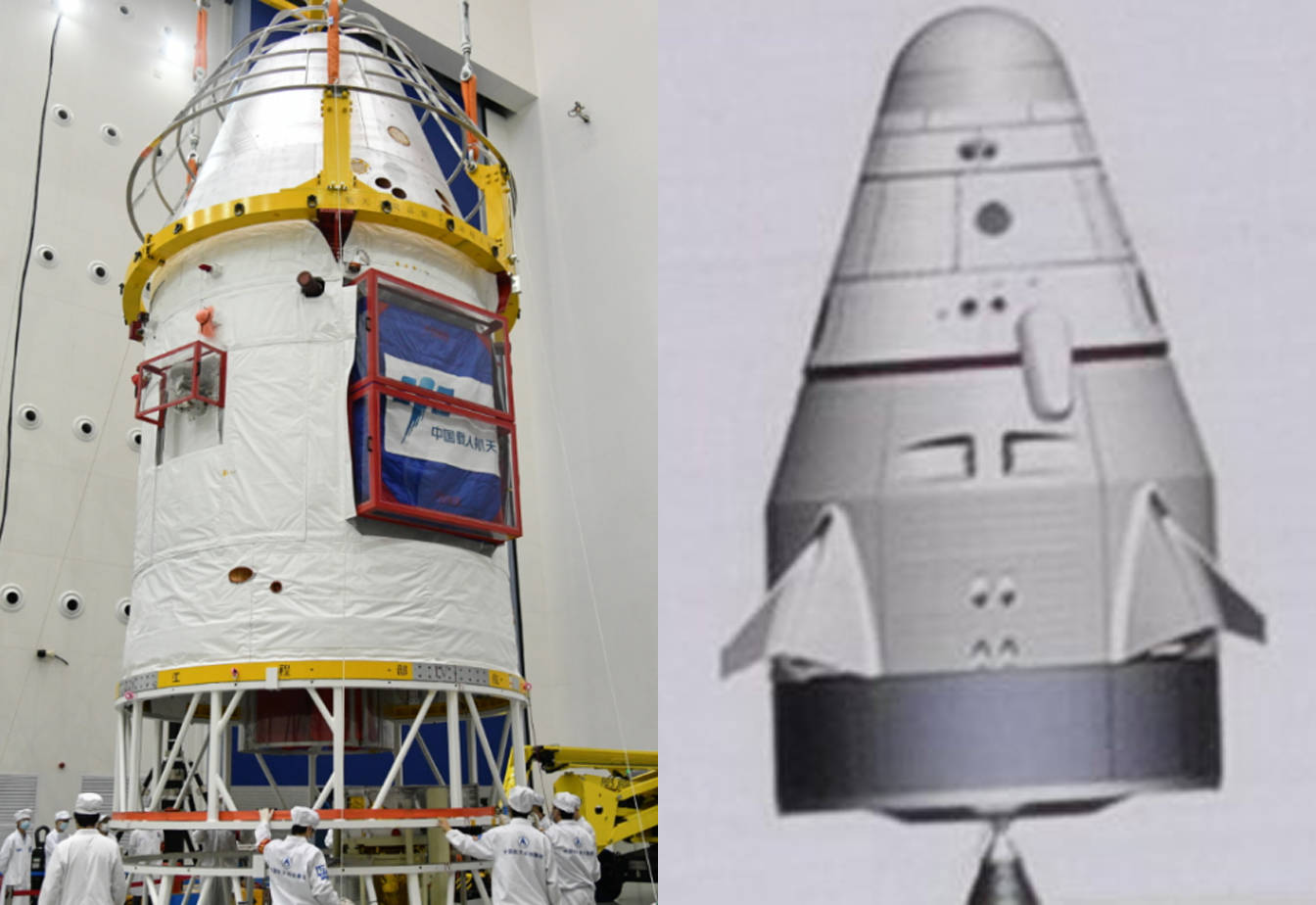 The new generation of manned spacecraft also plans to use push escape schemes
The new generation of manned spacecraft also plans to use push escape schemes




























































You must log in to post a comment.